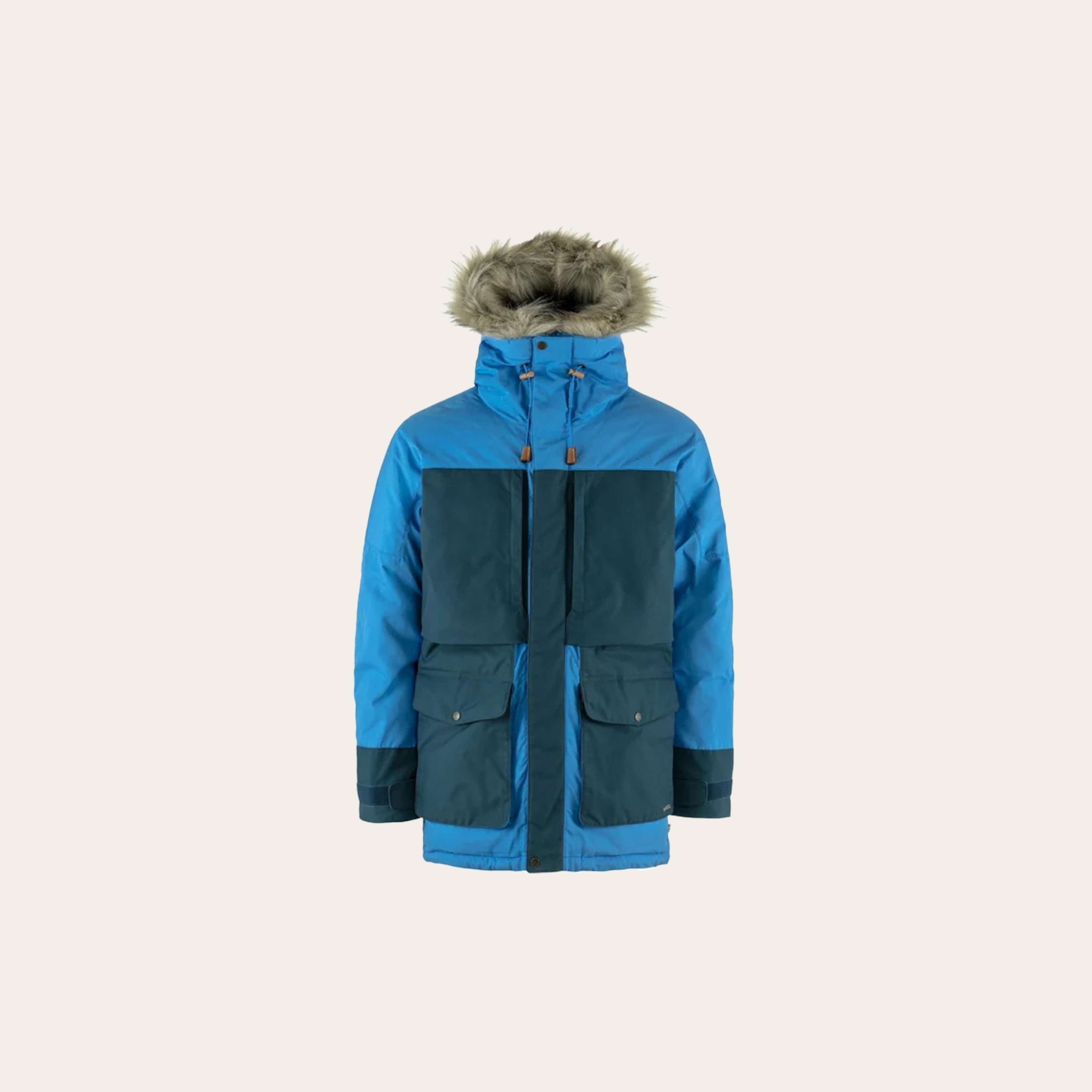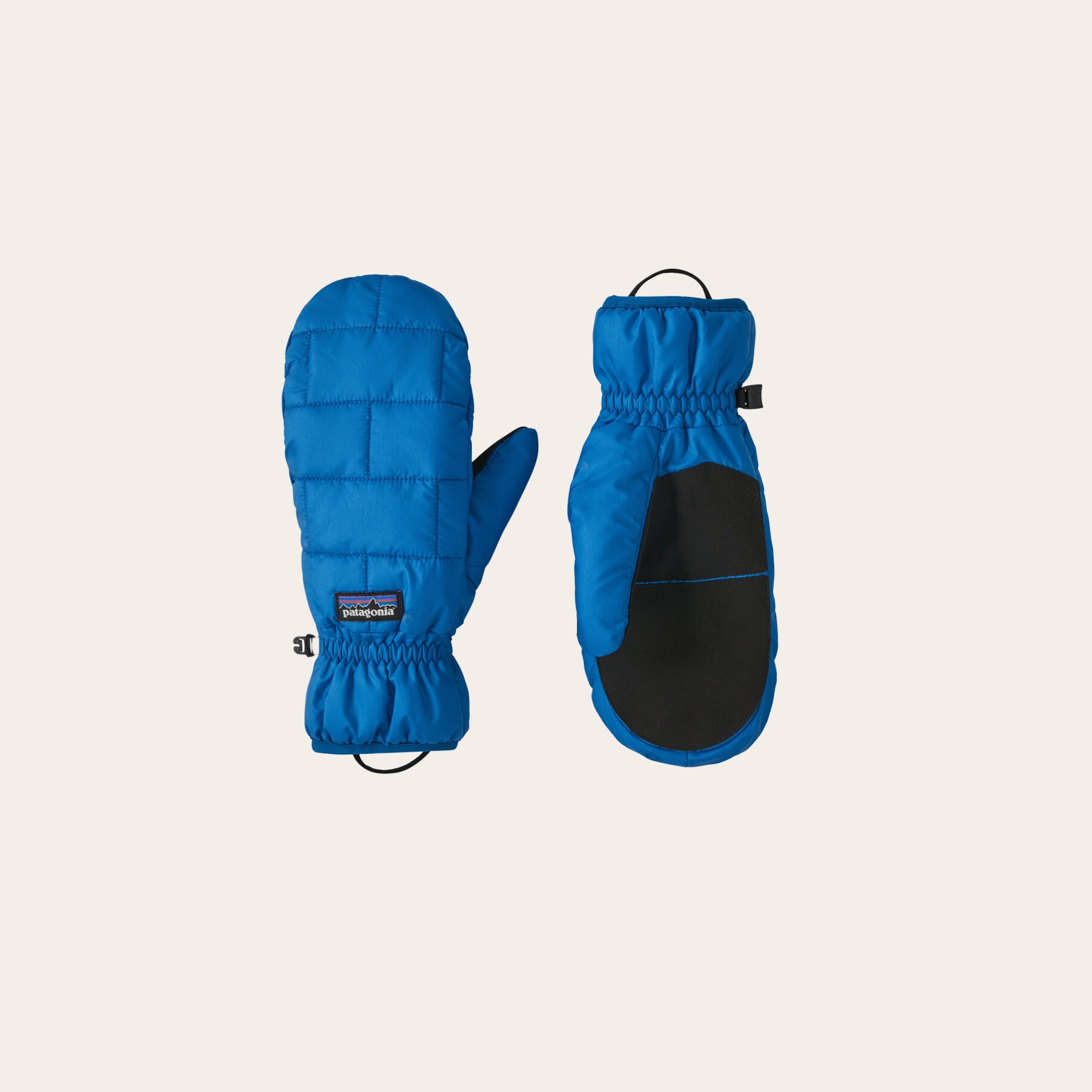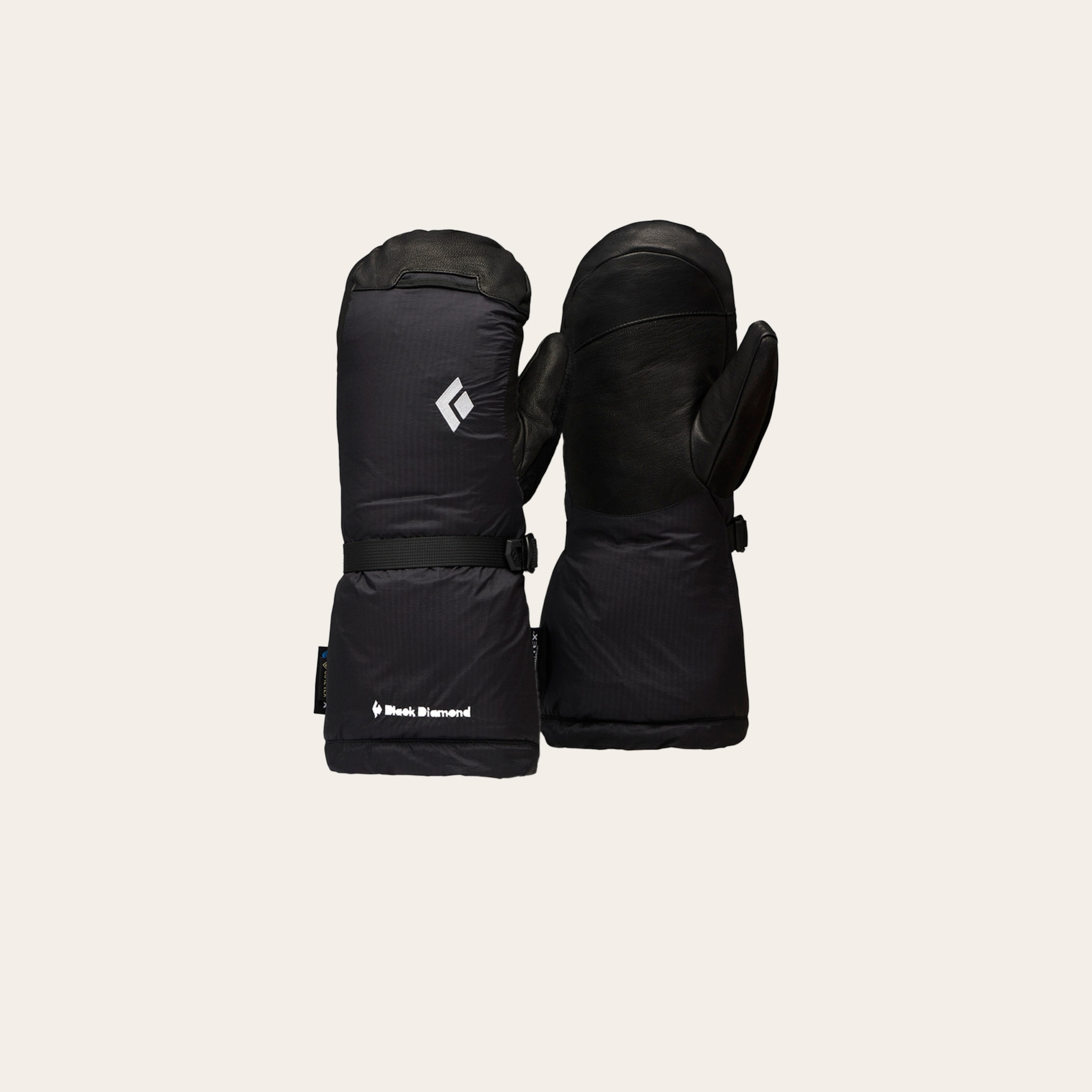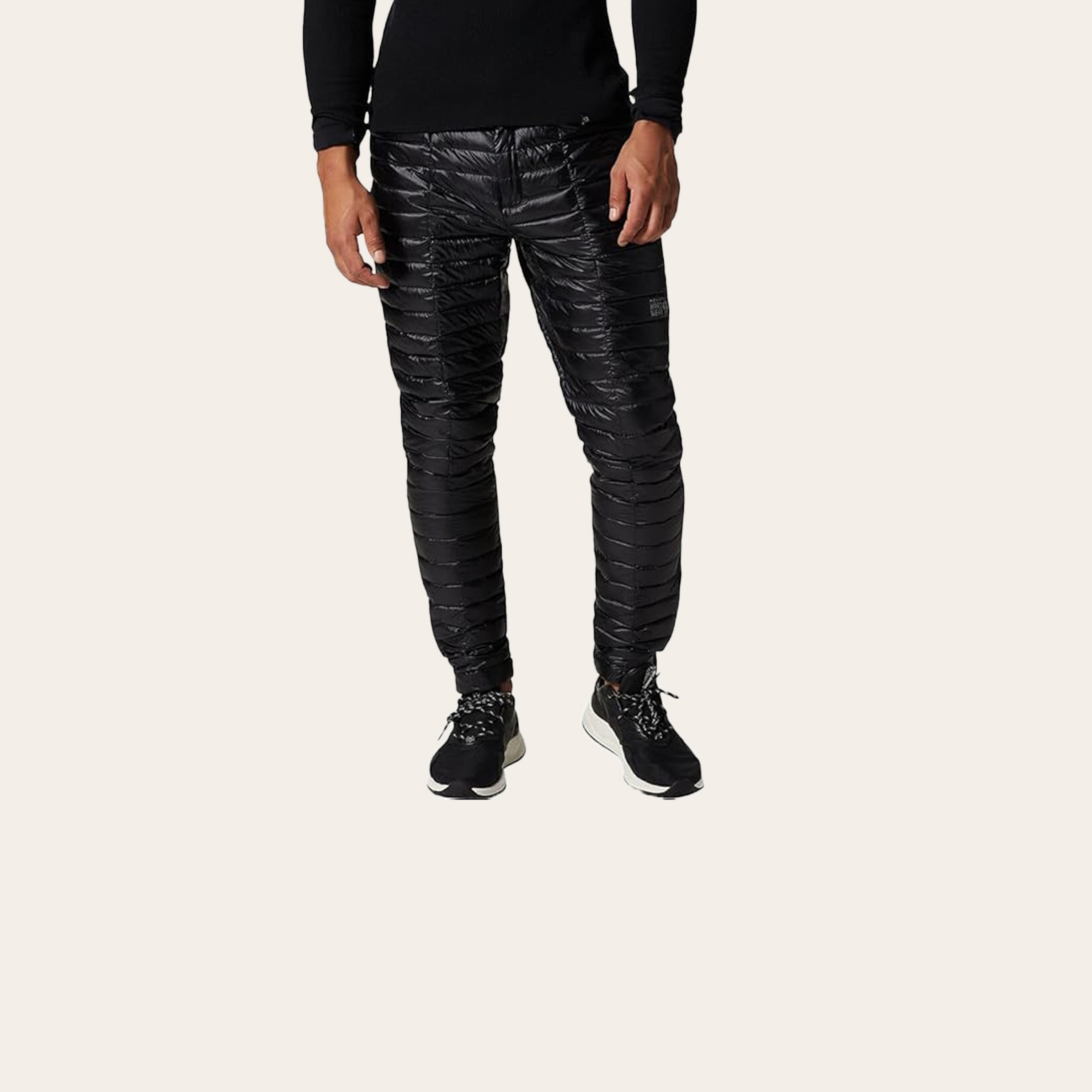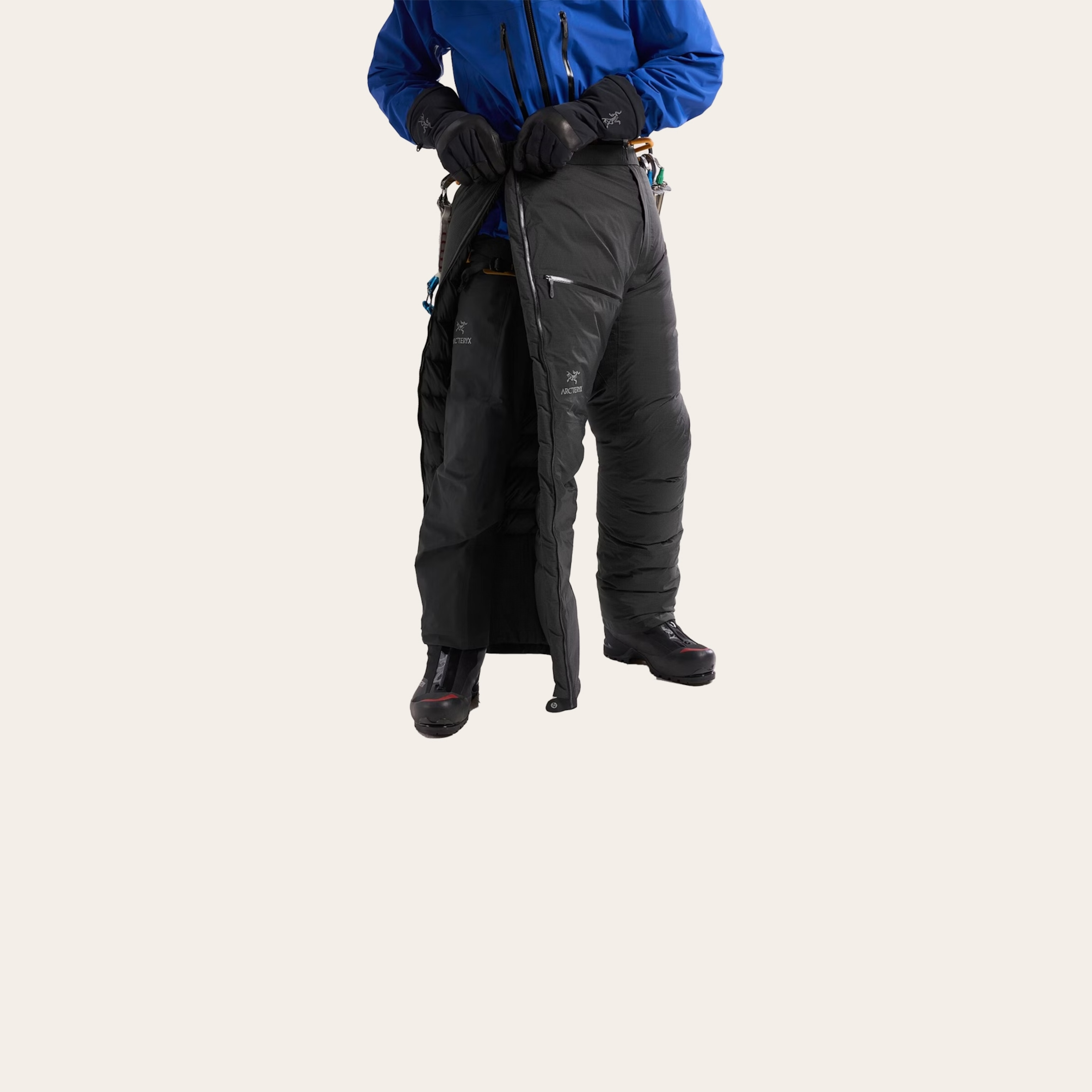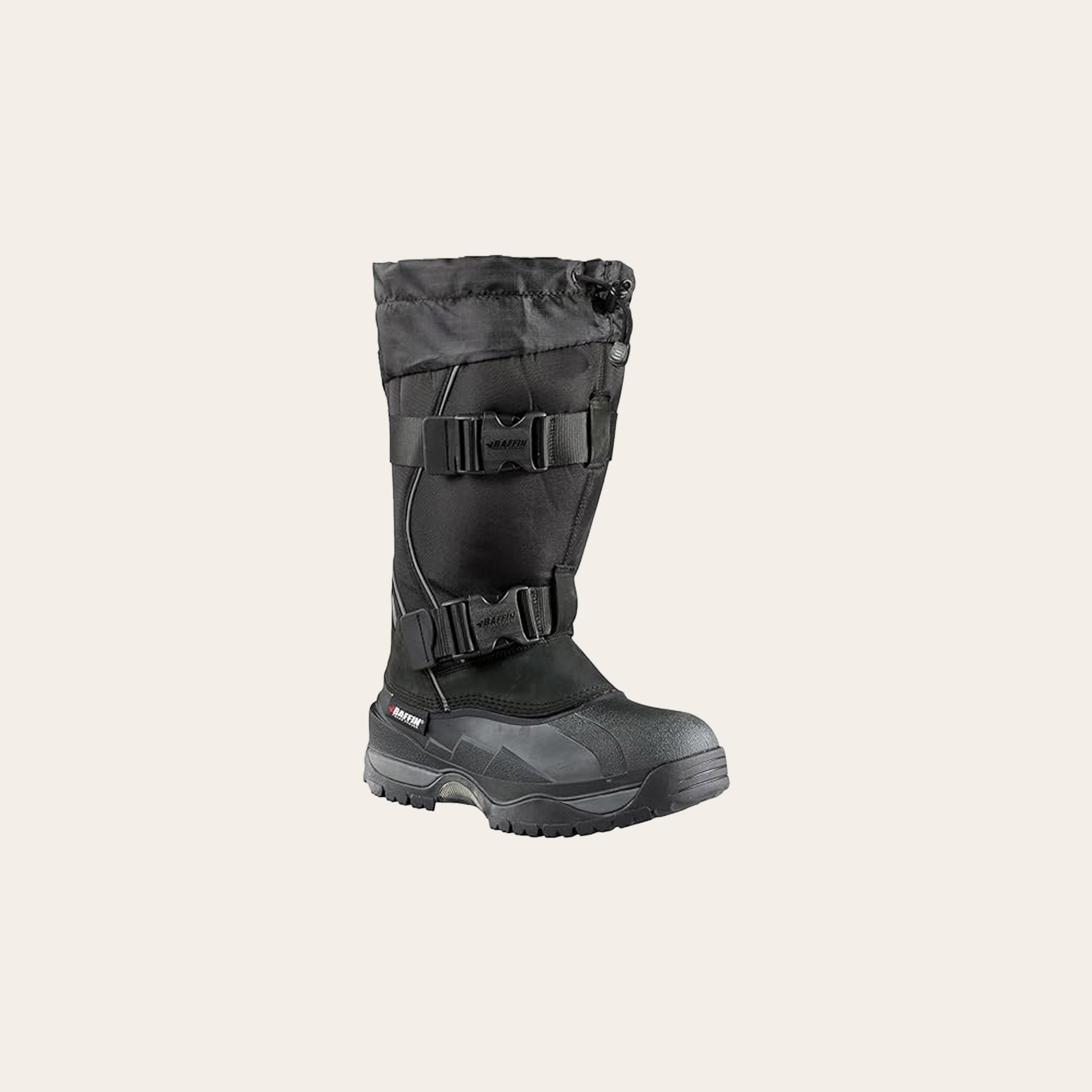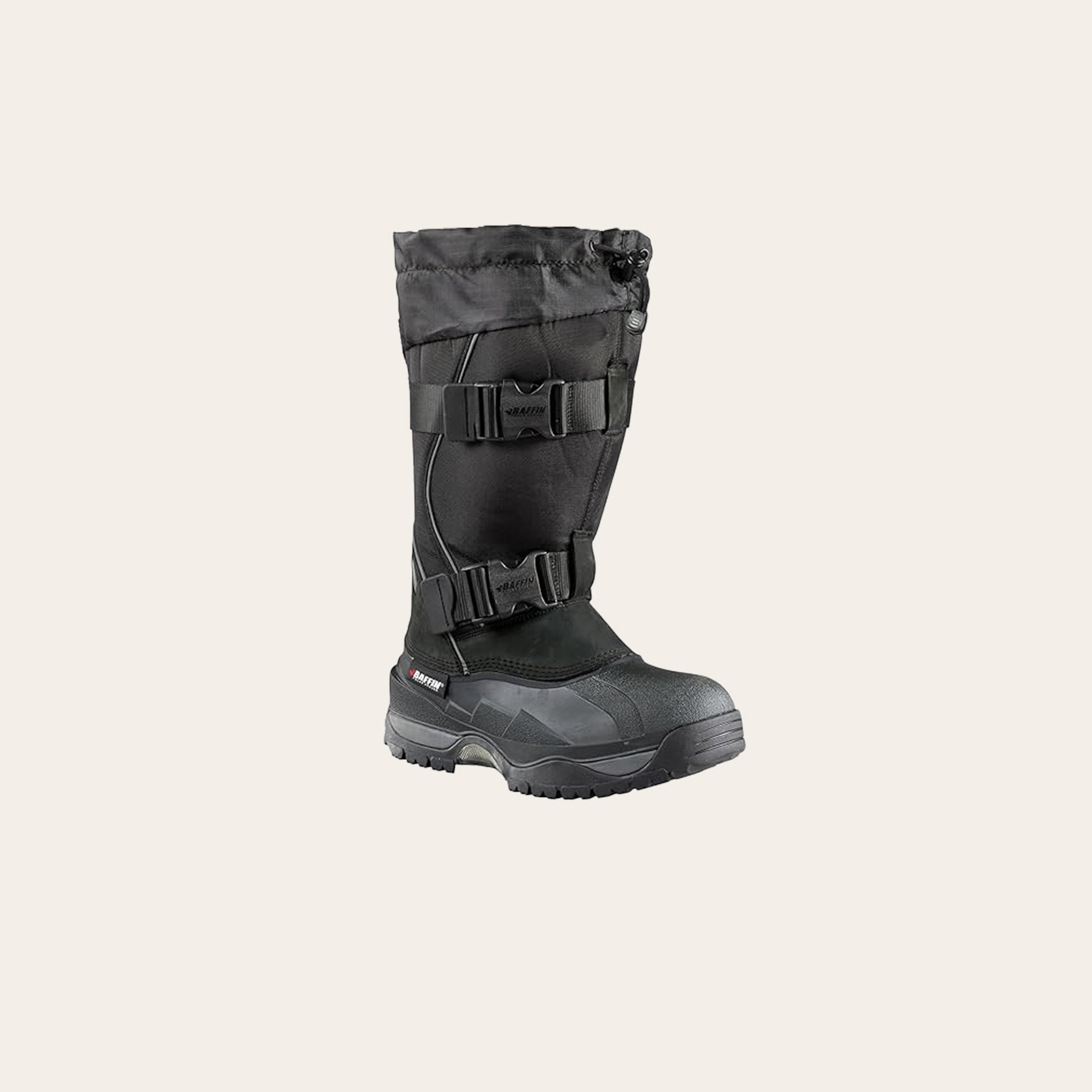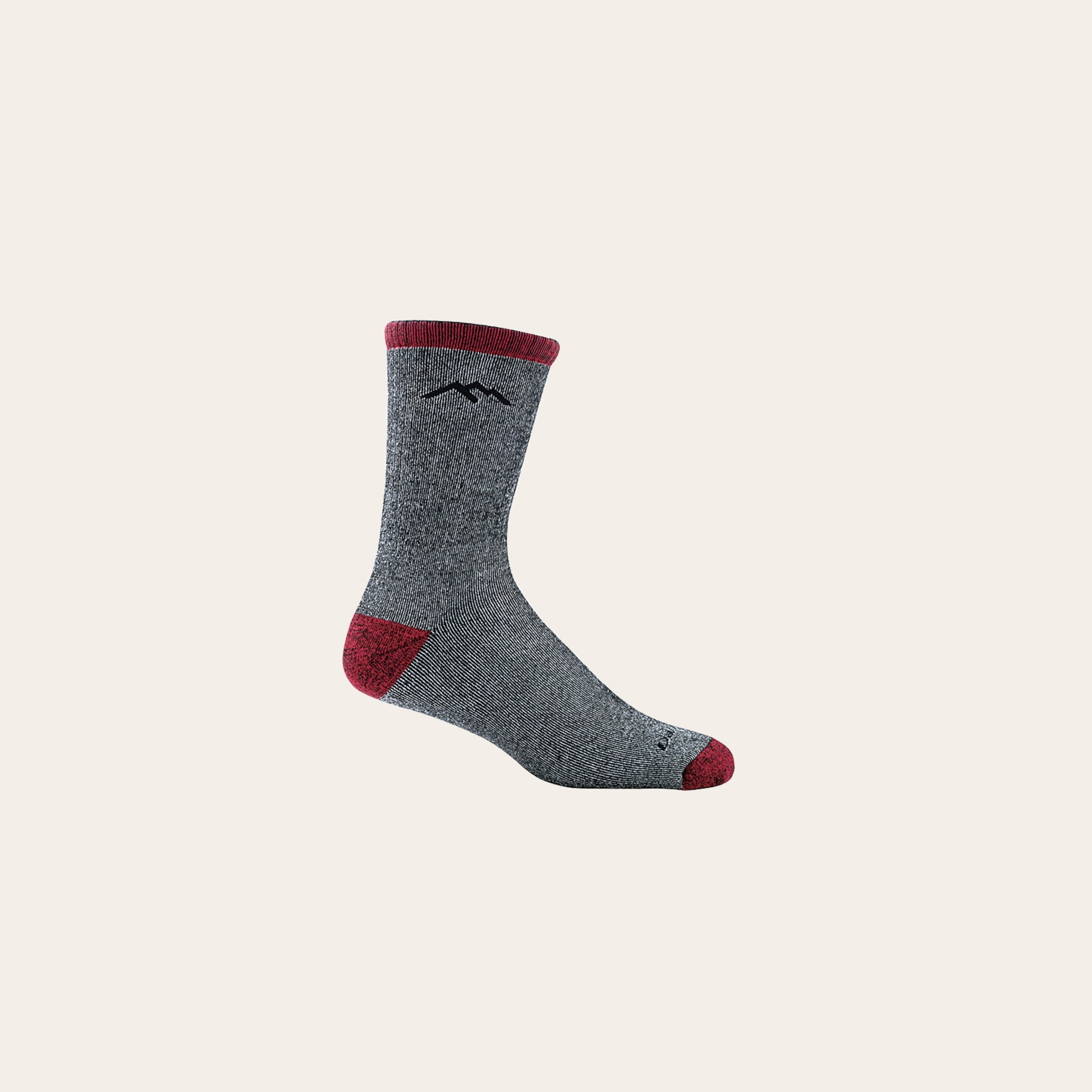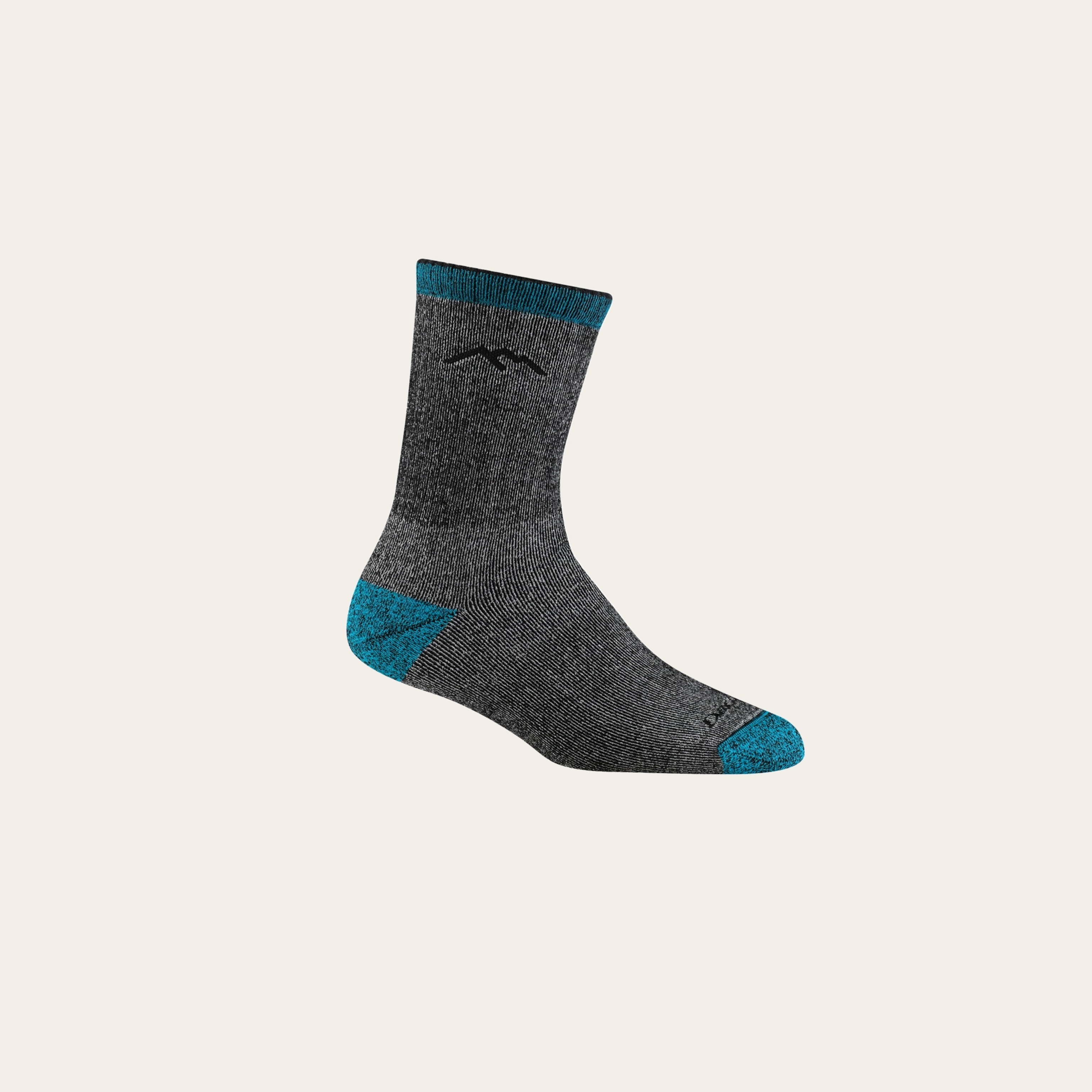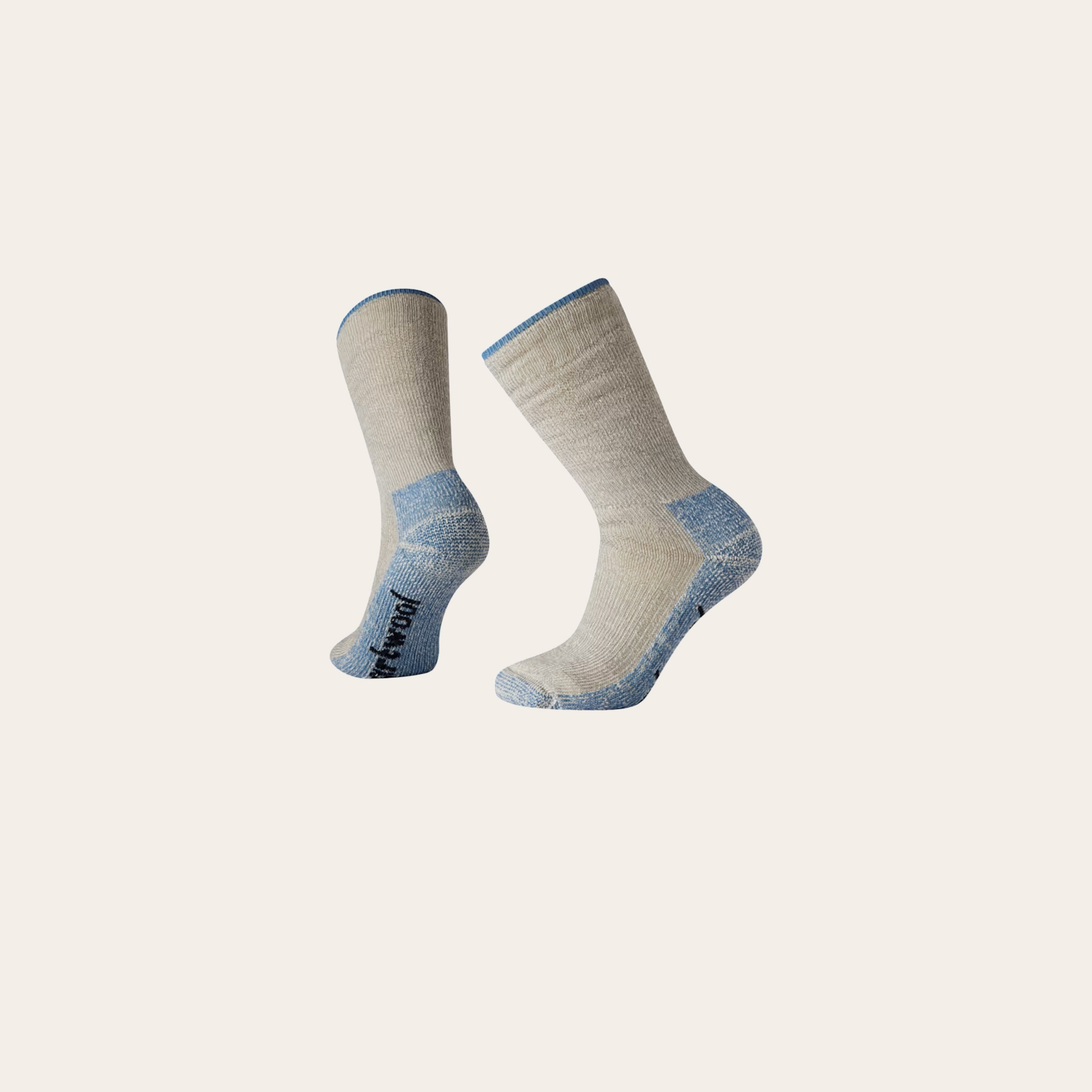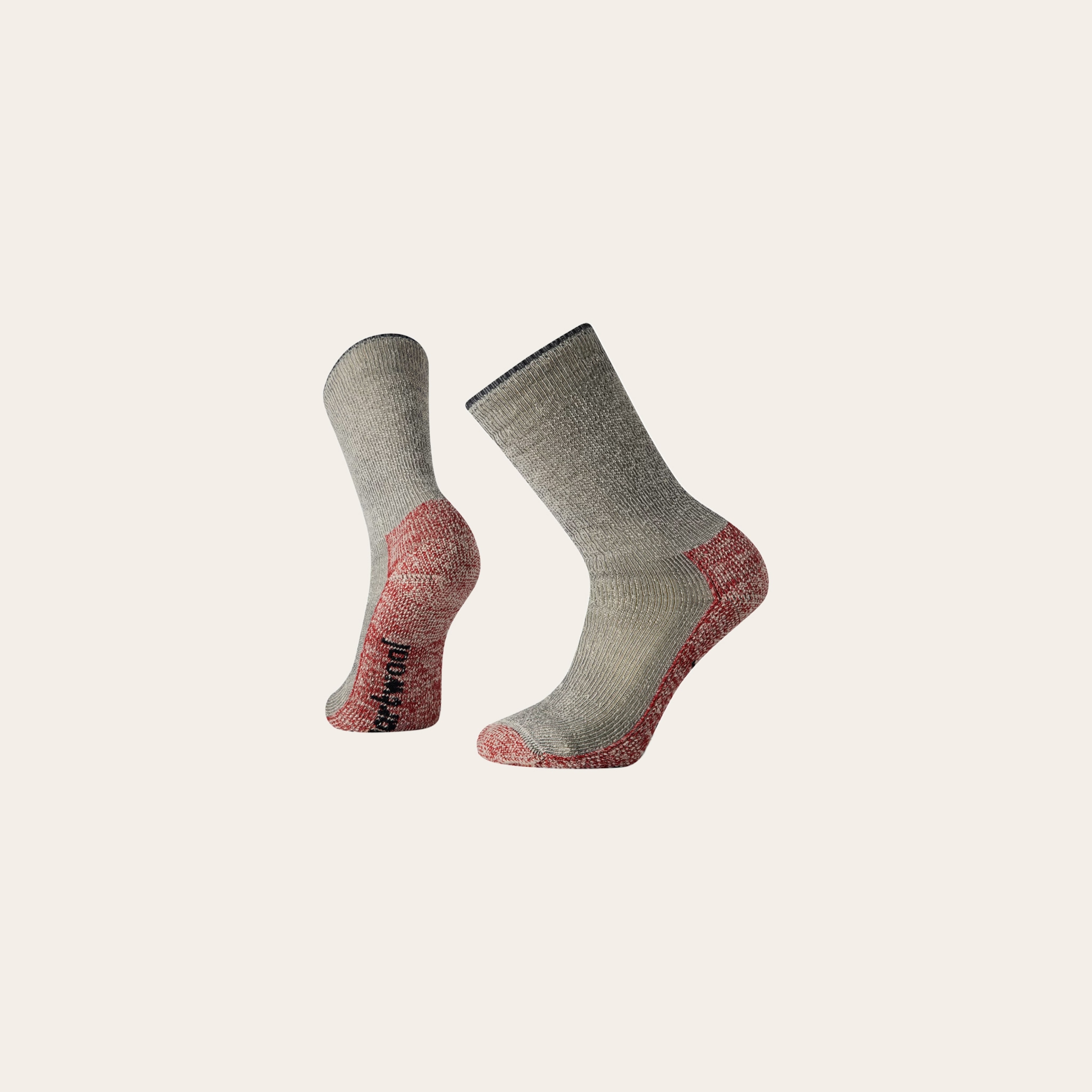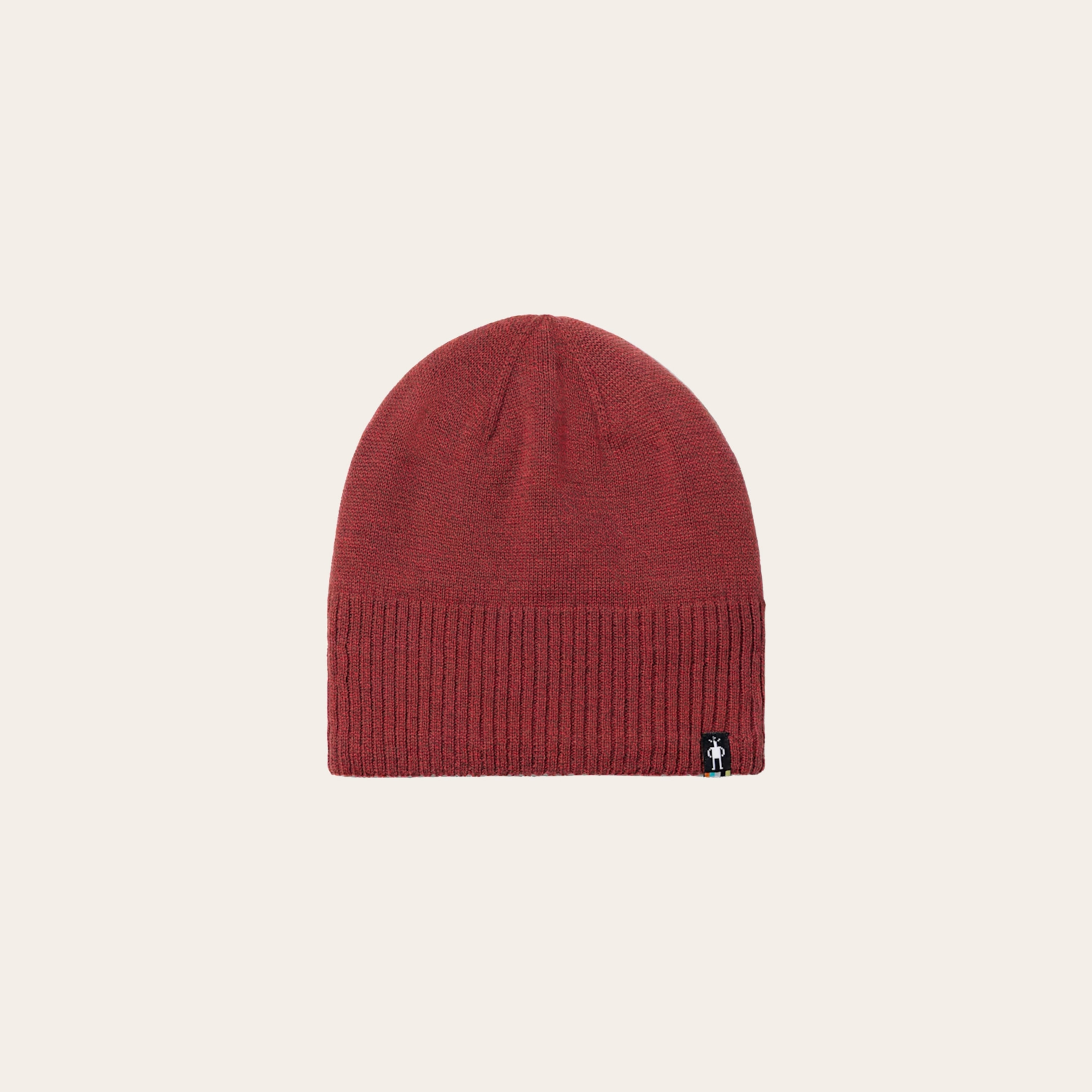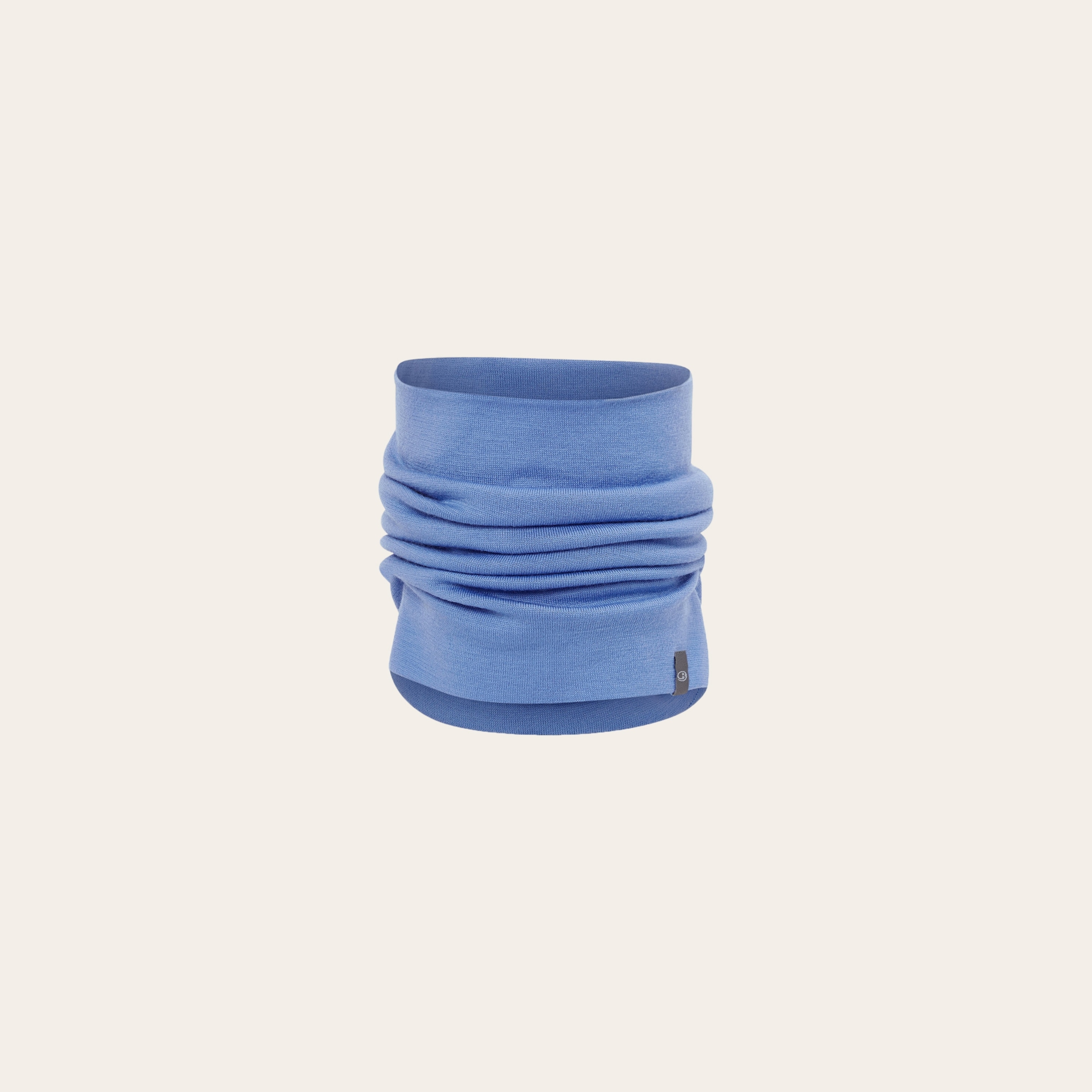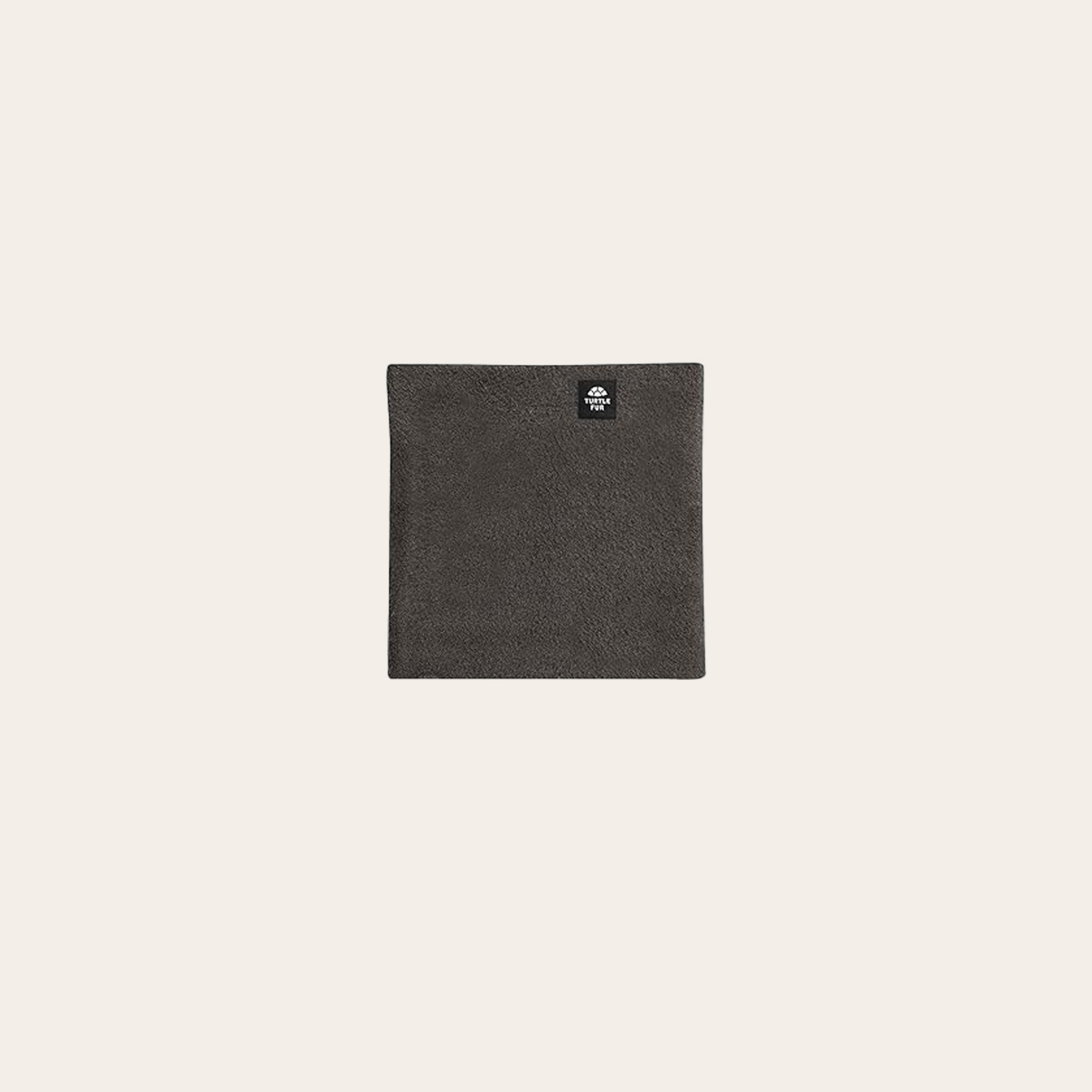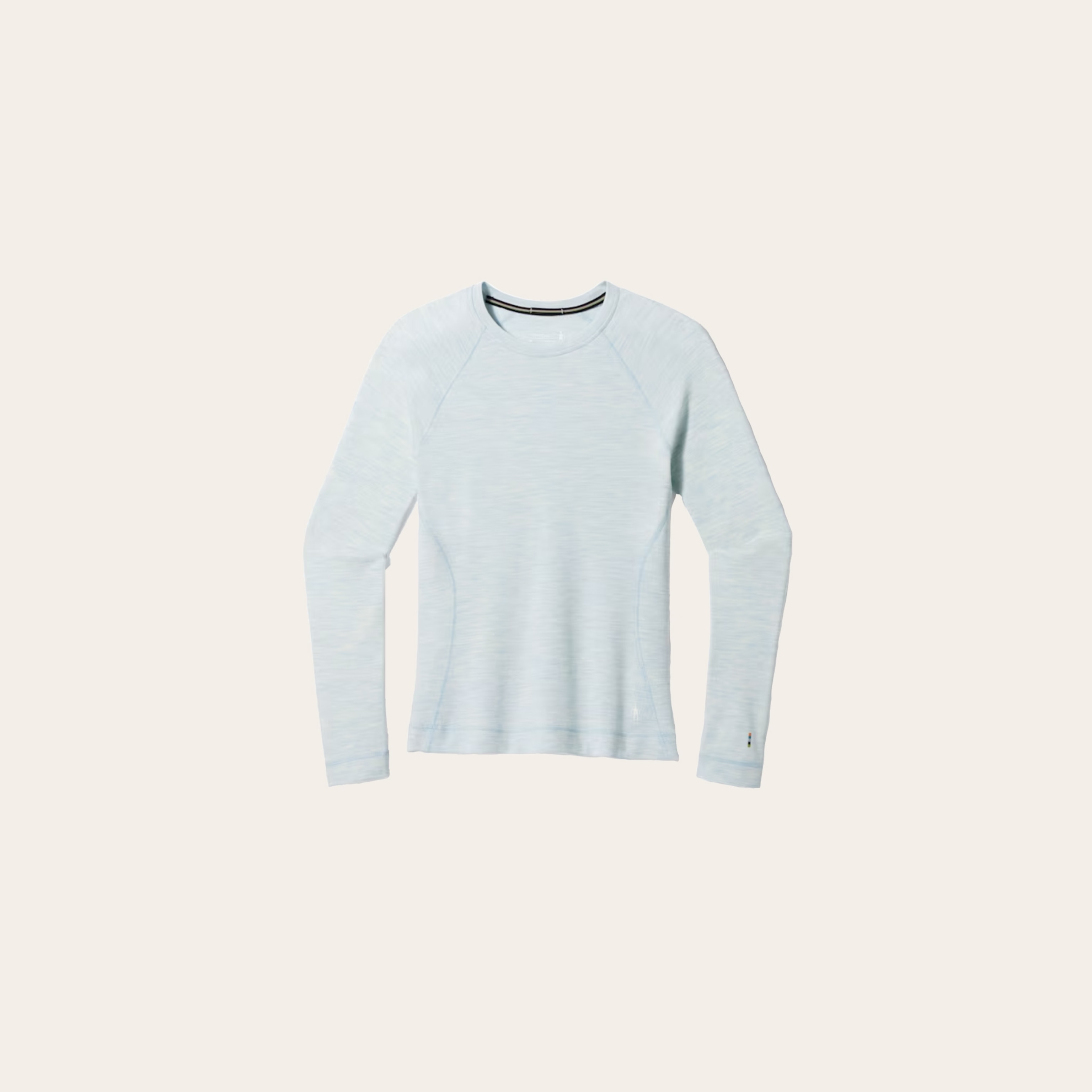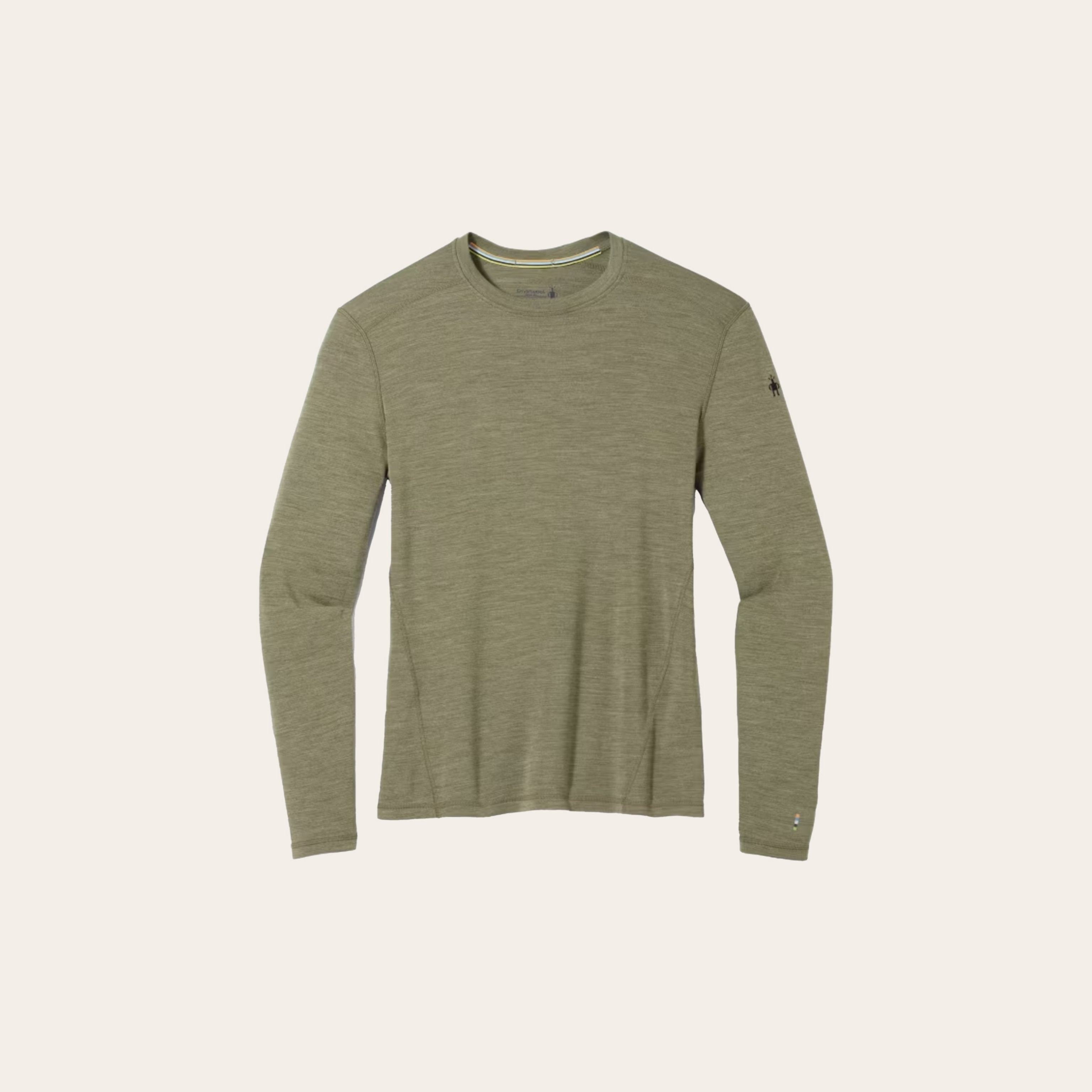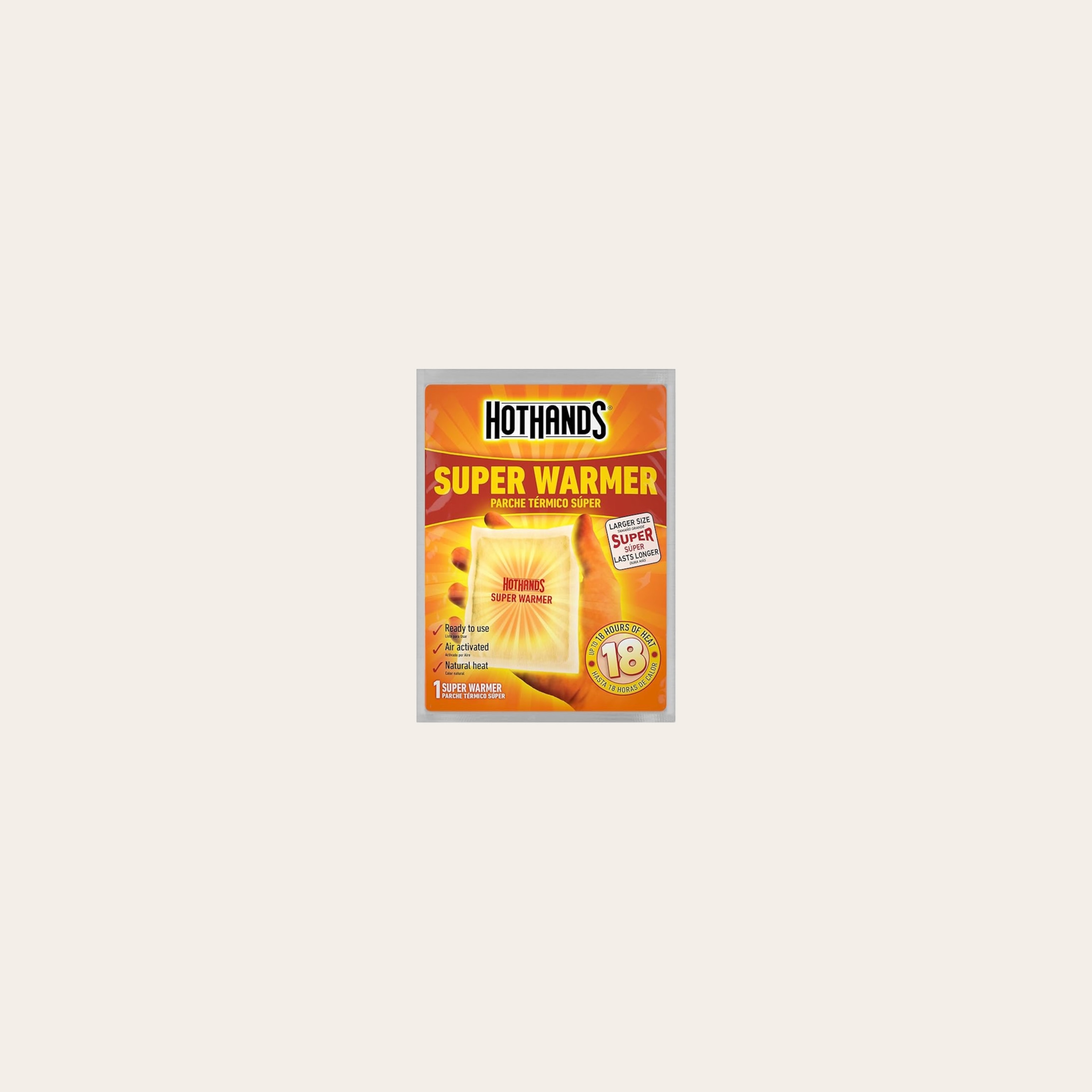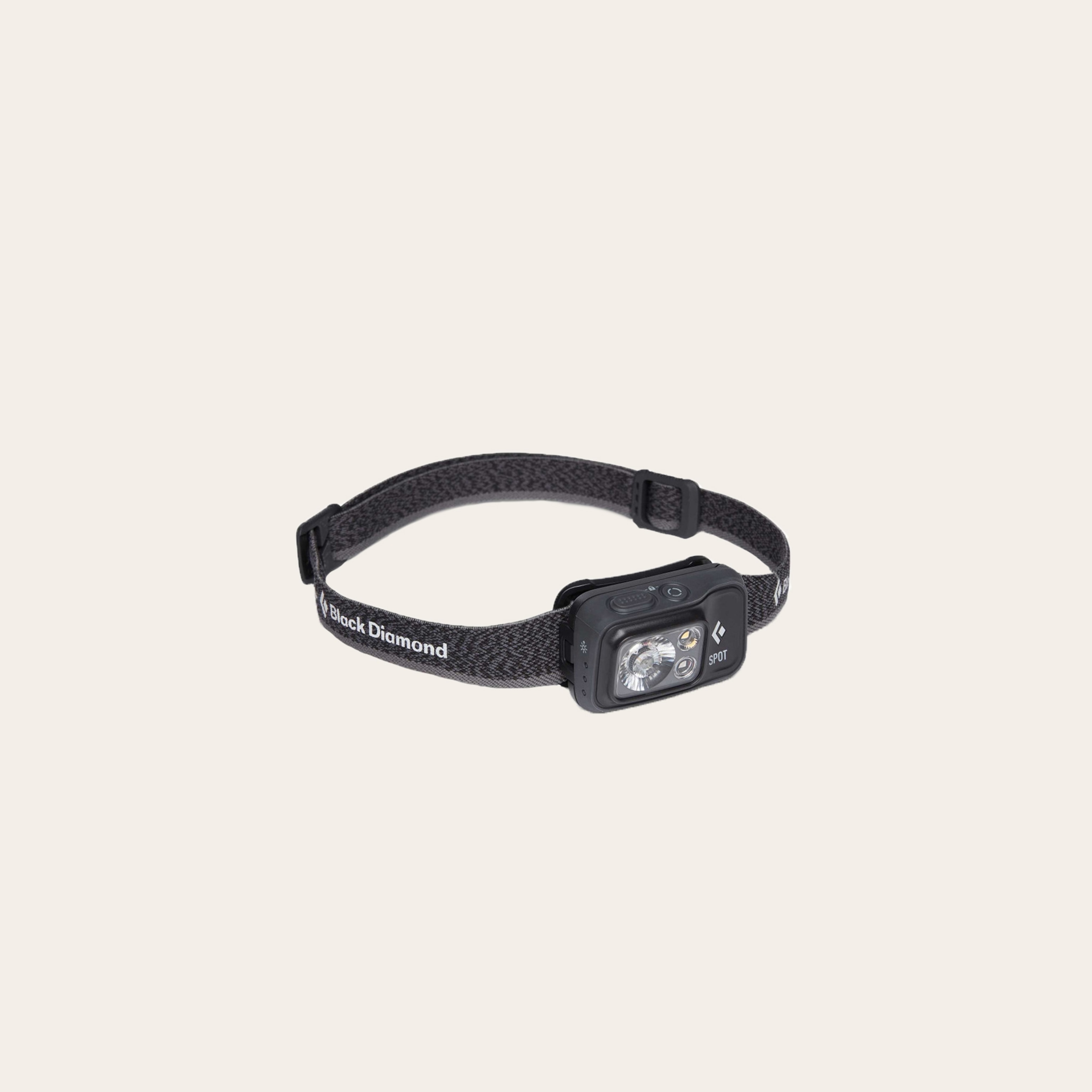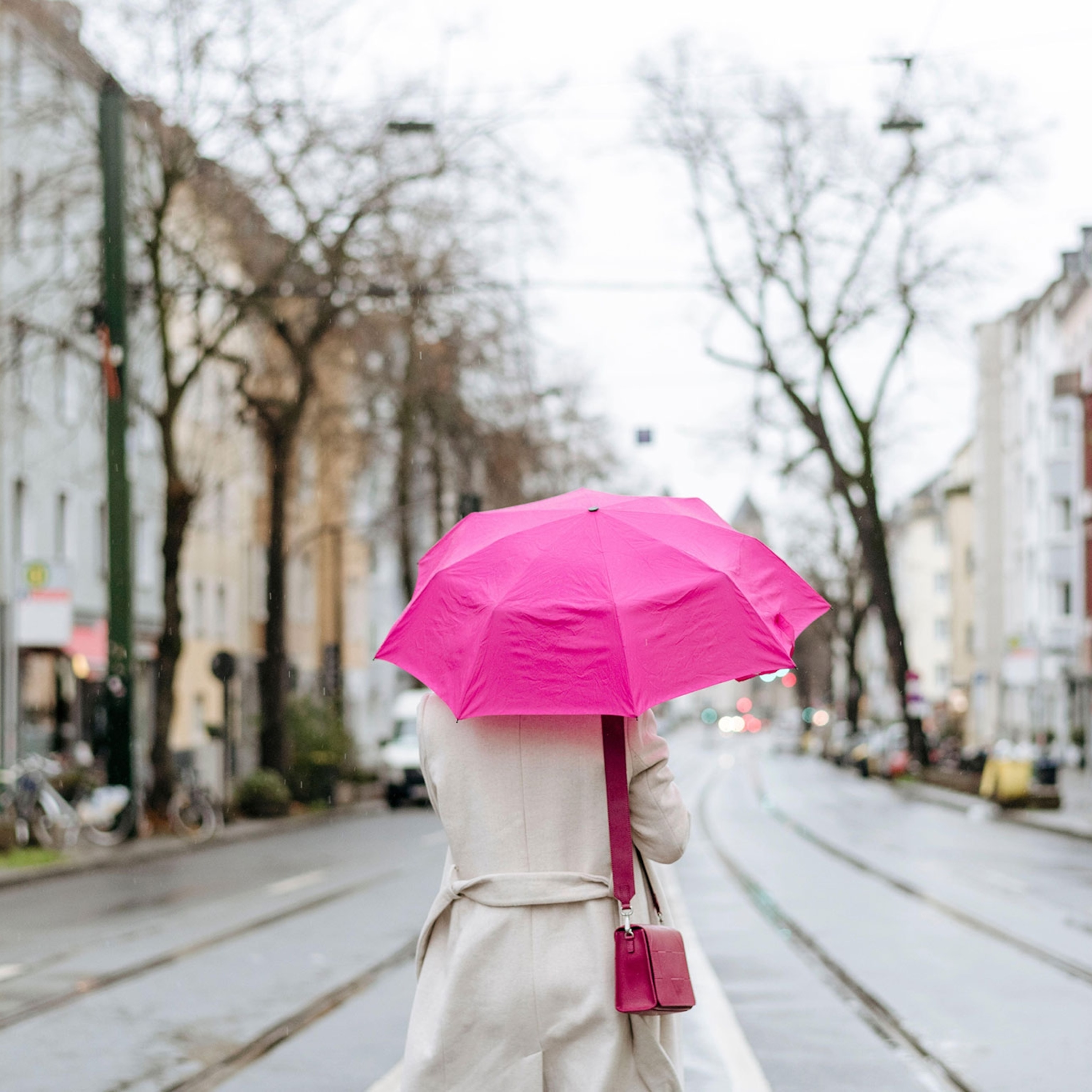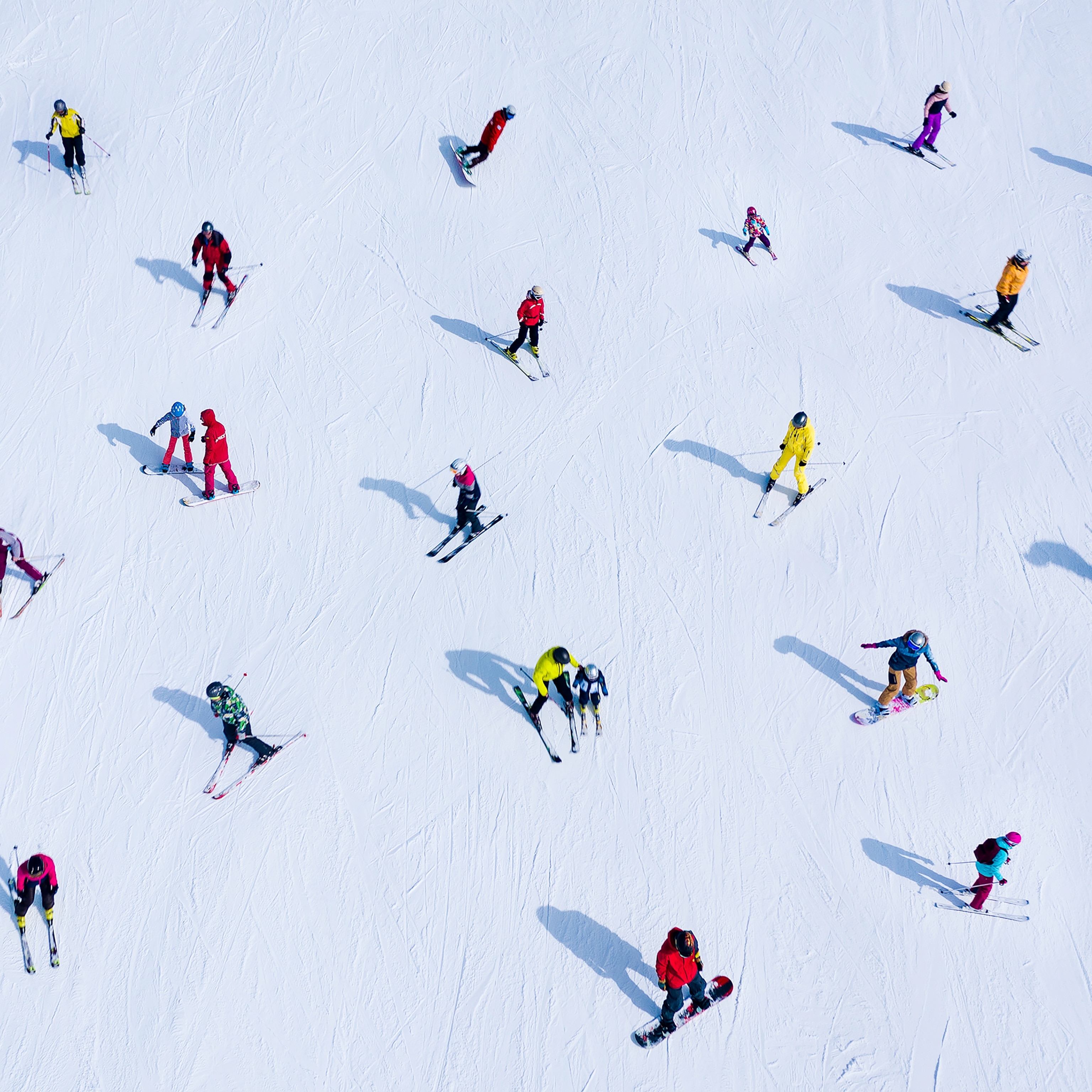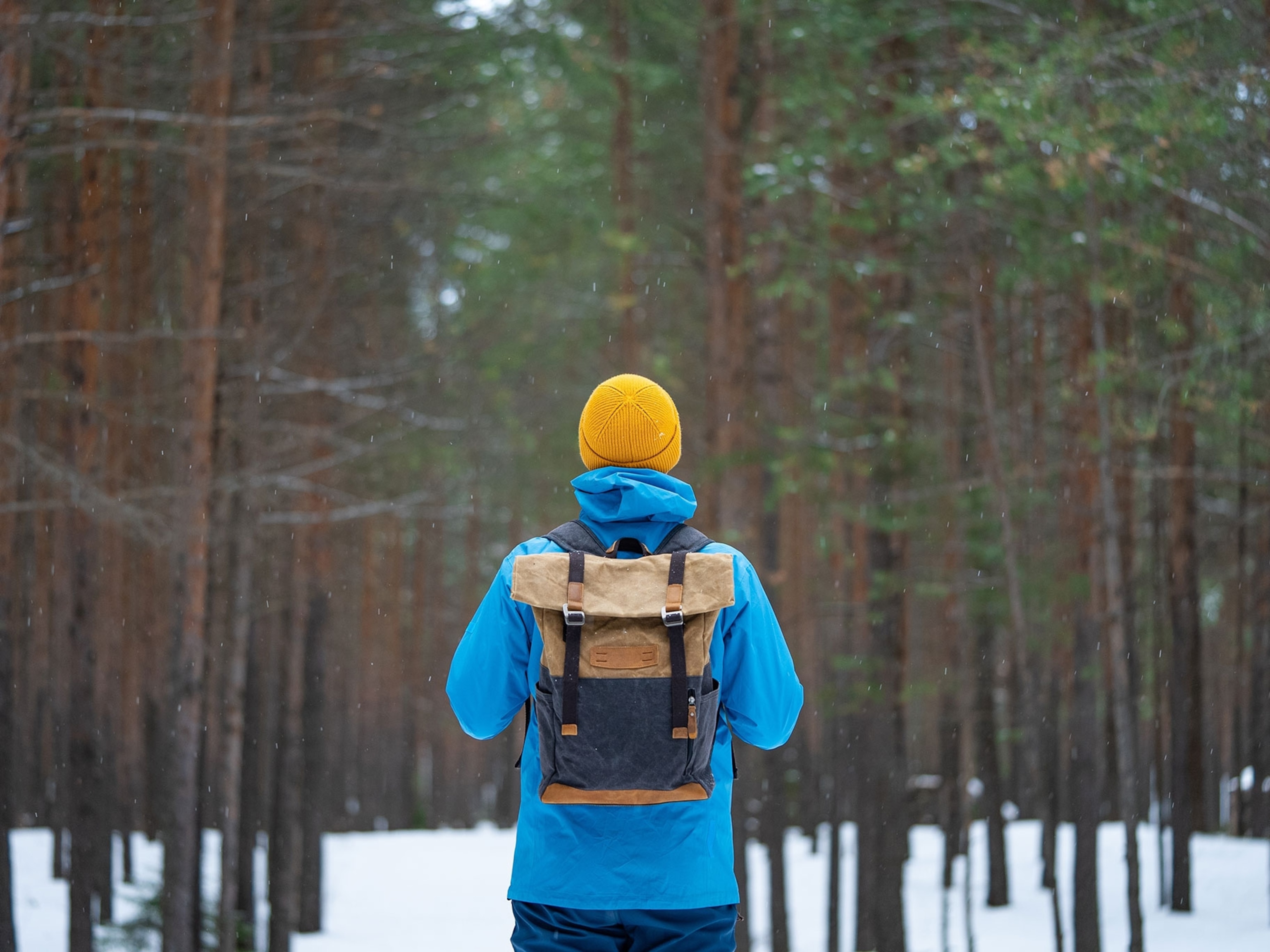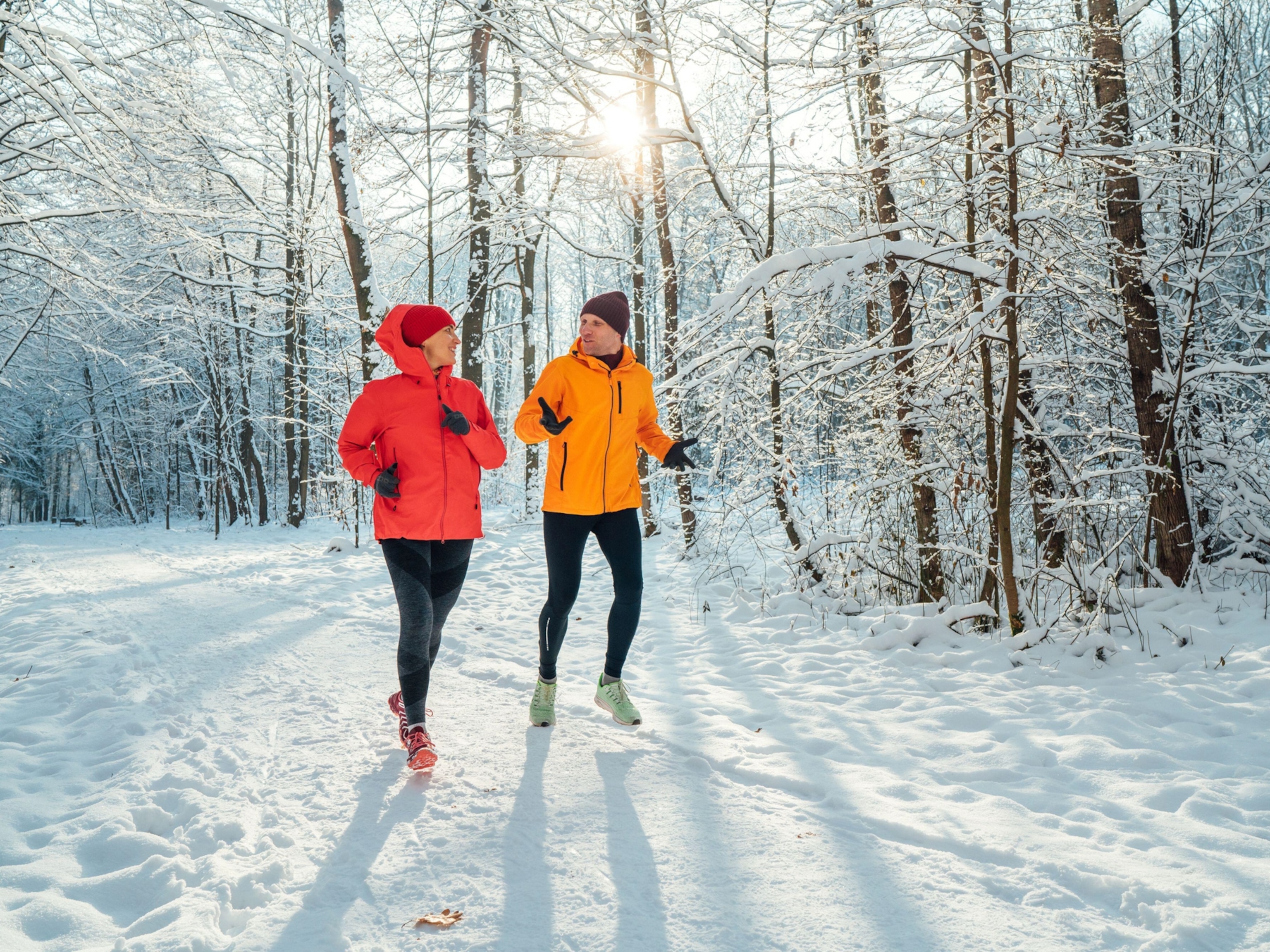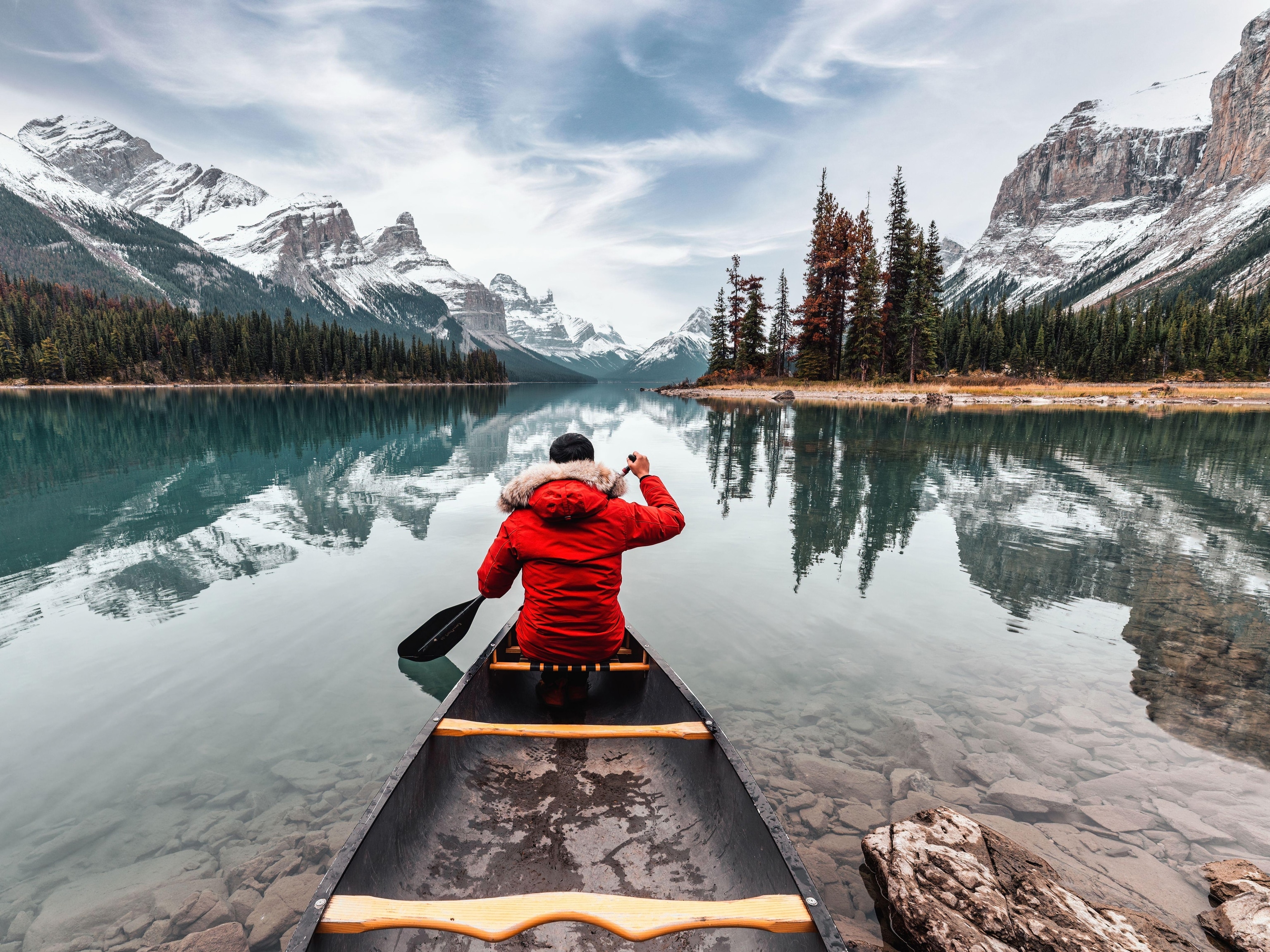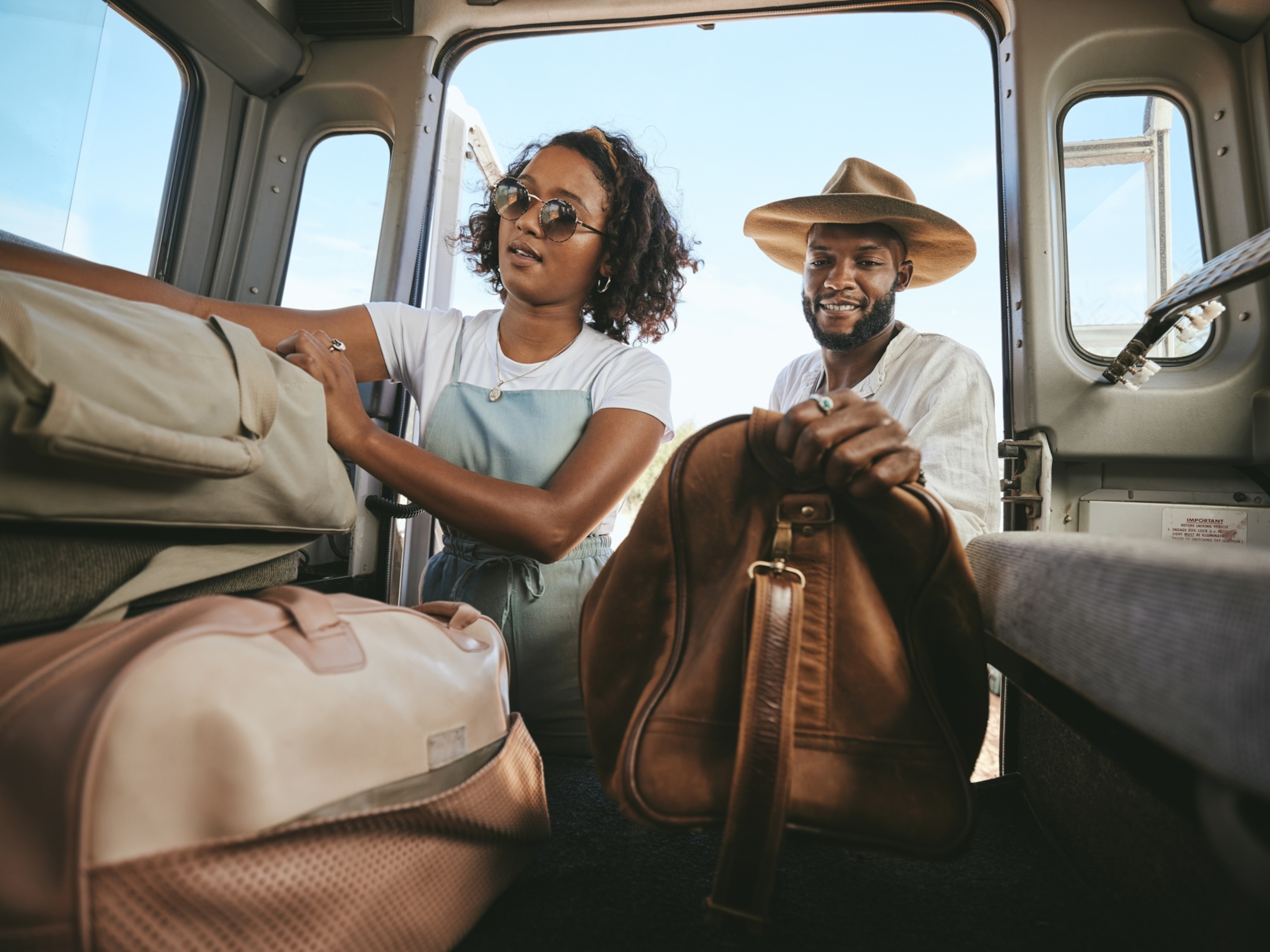Going on a northern lights trip? Here’s what to pack.
Our pro has gone on several trips to see the northern lights. Here are the 10 key items she always brings.
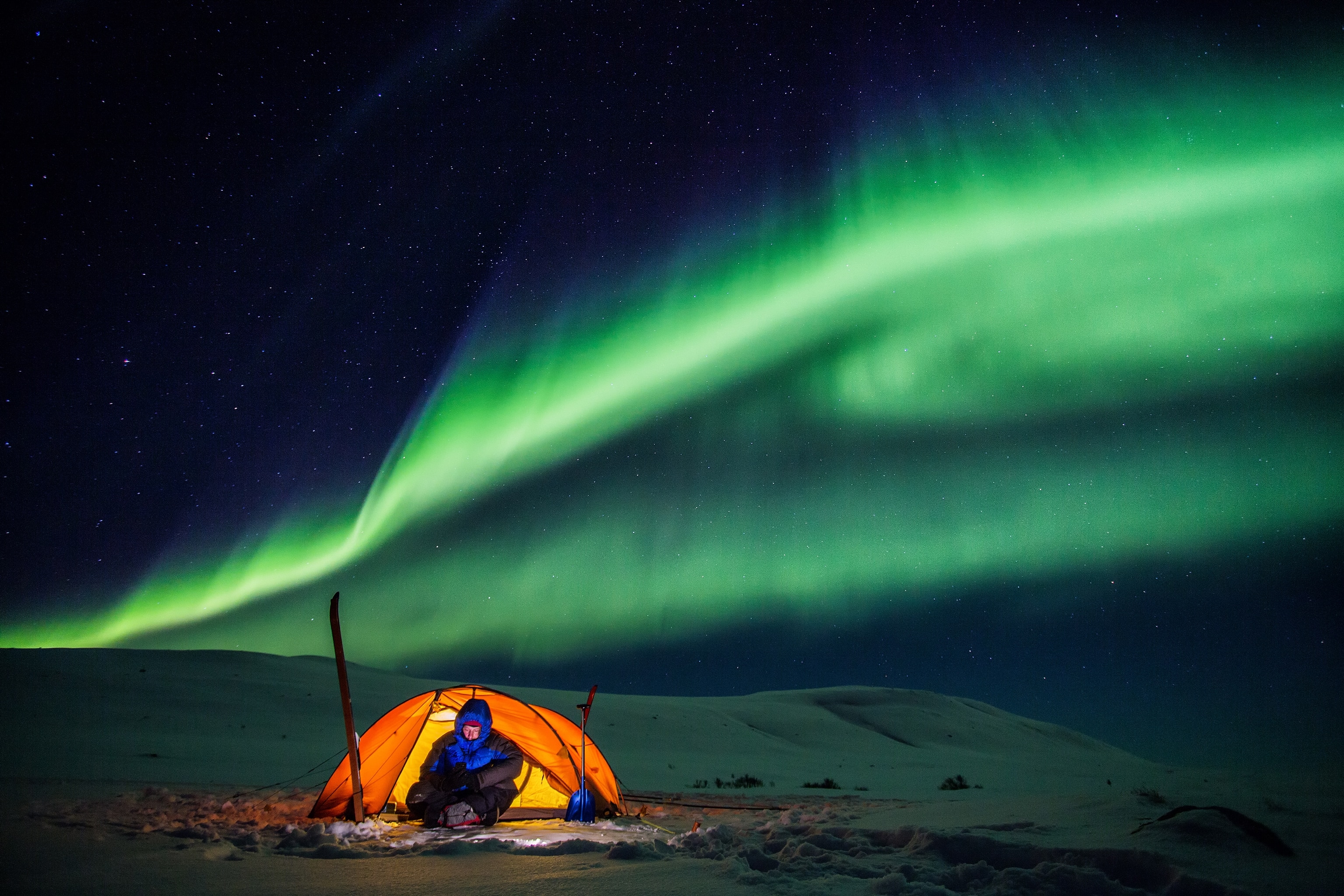
For many travelers, seeing the northern lights dancing across the night sky is a lifelong dream. While these spectacular displays have occurred in midlatitudes, the best place to see them is in the auroral oval, an area that encompasses northern regions, including parts of Alaska, Canada, and Scandinavia.
Northern lights are best seen on dark, clear nights, making winter an especially good time to catch them. But that means spending hours outside in some of the coldest regions of the world.
As a travel journalist specializing in the outdoors, I’ve been on several northern lights chasing tours in Alaska and Canada, where nighttime temperatures in the winter can plunge to -50 degrees Fahrenheit. Over the course of my visits, I’ve perfected my northern lights packing list, allowing me to relax and enjoy one of nature’s most spectacular shows.
10 key things to pack for a northern lights trip
Going on a northern lights trip involves spending lots of time outdoors in the freezing cold. It’s important to pack clothing that’ll keep you warm and dry, without fitting too snugly. It helps to wear clothing made with wool or down that you can layer. I’ve narrowed down my northern lights packing list to 10 key items, which includes many pieces I’ve worn and used, plus a few options I think would perform well on a northern lights trip.
Hooded parka: Fjallraven Polar Expedition Parka (women’s; men’s)
The Fjallraven Polar Expedition Parka is made for extreme winter weather. It’s constructed with the company’s G-1000 outer material, designed to combat wind and water, and 700-fill power down baffles. The parka has a cozy hood with faux fur, 10 pockets, and an inner baffle collar to protect your neck. It even has a removable snow skirt that comes in handy for other winter activities.
(Cozy winter jackets for women and men.)
Insulated mitts: Patagonia Nano Puff Mitts
These water- and windproof mitts are insulated with recycled PrimaLoft Eco Gold. The quilting helps even out warmth across your hands, while the elastic around the wrists helps lock in heat. For even more protection, consider bringing a thin base layer glove to wear under these mitts. Air-activated heat packs (see below) can also provide welcome relief on extra cold days.
More great options:
Hestra Army Leather Gore-Tex Mitt
I also like this breathable Gore-Tex mitt. It’s made from waterproof and windproof materials too and has a soft fleece lining. Designed for skiing, this mitt has extra long cuffs for blocking snow, plus there’s plenty of space inside to add an air-activated hand warmer.
The brand’s warmest mitt is made with a removable liner and a Gore-Tex insert, as well as outer and inner shells insulated with PrimaLoft Kodenshi. The nylon material is made to resist tears, but this mitt also comes with a two-year warranty for extra peace of mind.
(These Antarctica essentials are new winter favorites.)
Warm down pants: Mountain Hardware Ghost Whisperer Pant (women’s; men’s)
Some professional northern lights photographers wear a full down suit to stay extra cozy. But suits can be expensive and are likely too specialized for the average traveler. An insulated parka along with down pants should keep you warm with flexibility to wear on other adventures. You could also wear down pants under ski pants for extra protection from moisture.
Mountain Hardware Ghost Whisperer Pants are fortified with 800-fill power goose down, so they’re nice and warm. They’re also lightweight (made from ripstop fabric) and scrunch down, so they don’t take up too much space in your suitcase. I also like the deep pockets and zippered legs.
More great options: Arc’teryx Alpha Insulated Pant
These Arc’teryx Alpha Insulated Pants are a solid alternative. The brand’s warmest pants are made with 850-fill power goose down and synthetic insulation in areas that are more likely to get wet. Plus, full-length zippers on the side let you get in and out with ease.
Weatherproof boots: Baffin Impact (women’s; men’s)
Northern lights tours typically involve lots of standing around outdoors in temperatures well below zero. “Feet are usually the first thing to get cold,” says Mike Gere, a photography guide for Frontiers North Adventures’ northern lights focused tours in Churchill, Manitoba, and the owner of Jasper Photo Tours. “It’s not like you’re going to be out and active and generating your own heat.”
With a multilayer inner boot construction and a waterproof base, Baffin Impact Boots are made for such conditions. The company says this model was even tested at the North and South Poles.
Gere says boots shouldn’t fit too tightly. There should be a little room to allow air pockets to help lock in heat.
(Pack for the slopes like a ski coach.)
Cushioned socks: Darn Tough Mountaineering Micro Crew Heavyweight Hiking Sock (women’s; men’s)
Warm, cozy socks are essential for northern lights chasing. Gere recommends layering socks, starting with a thin pair, followed by a thicker or warmer layer. These thick Darn Tough Mountaineering Micro Crew Heavyweight Hiking Socks are great for bulky winter boots. They’re made with full cushioning for extra comfort and a blend of moisture-wicking merino wool, nylon, and Lycra spandex for a little stretch.
More great options: Smartwool Mountaineer Classic Edition Crew Socks (women’s; men’s)
Smartwool’s Mountaineer Classic Edition Crew Socks are the brand’s most cushioned pair, with an elasticized arch brace for a snug fit. They’re made with merino wool, which is known for its temperature-regulating and moisture-wicking properties—important qualities in frigid areas.
(Let it snow—we’ve got the best snow boots for women and men.)
Cozy, warm winter hat: Smartwool Fleece Lined Beanie
You’ll be much more comfortable watching the northern lights while wearing a cozy hat. Smartwool’s Fleece Lined Beanie has a heavy knit construction that feels substantial. It’s made with merino wool for warmth and softness, blended with nylon and recycled polyester for durability.
More great options: Fjallraven Expedition Down Heater, Fjallraven Nordic Heater
The Fjallraven Expedition Down Heater is made for Arctic conditions. It’s insulated with 100-percent down that’s light enough for squishing into a pocket. Good-sized flaps secure under your chin to keep ears warm when the wind kicks up. The elastic cord provides a snug fit, while the brushed lining feels comfortable for longer periods of wear. I also like the Nordic Heater. It’s made with synthetic fur and holes in the ear flaps for better hearing.
Versatile neck gaiter: Icebreaker Unisex Merino 260 Apex Chute
Scarves are winter staples, but when you’re packing for northern lights, neck gaiters are the way to go. You can wear it around your neck without it getting in your way. You can also pull it up over your face for protection against wind and freezing temperatures or as a headband to keep your ears warm. You could even layer it under a hat.
Icebreaker’s double-layer Unisex Merino 260 Apex Chute is made from soft merino wool, which is ideal for winter because of its thermoregulating and odor-resistant properties.
More great options: Turtle Fur Fleece-Lined Neck Warmer
Turtle Fur’s Fleece-Lined Neck Warmer is a cozy, double-layered gaiter made with a “Comfort Shell” performance outer layer and a “Micro Fur” fleece lining. It’s stretchy and breathable, with moisture wicking properties.
Soft merino wool base layers: Smartwool Classic Thermal Merino Base Layer Crew (women’s, men’s); Smartwool Classic Thermal Merino Base Layer Bottom (women’s, men’s)
Layering is key to staying warm on frigid nights under the northern lights. The Smartwool Classic Thermal Merino Base Layer Crew and Bottom are both made from 100-percent merino wool, so you get good temperature regulation and odor-resistance. These cozy base layers work well under an insulating mid-layer and an outer layer for maximum warmth on those late nights.
(Head-to-toe merino wool base layers for your warmest trip yet.)
Air-activated warmers: HotHands Hand Warmers; HotHands Super Warmer; HotHands Toe Warmers
Keeping your hands warm in subzero conditions can be a challenge. These air-activated HotHands Hand Warmers can help you stay nice and toasty. The standard packs can stay warm for up to 10 hours, while the HotHands Super Warmer version can provide up to 18 hours of heat, according to the manufacturer. Tuck them in your mitts or keep one in your pocket. If your feet need extra warmth, consider HotHands Toe Warmers, which the company says can provide heat for up to eight hours.
Headlamp with red filter: Black Diamond Spot 400 Headlamp
When you’re tromping around in the dark, a good headlamp can provide a hands-free way to see where you’re going. The Black Diamond Spot 400 Headlamp has a nighttime mode with red LED light (red filters can help preserve night vision). I like that you can turn it on without running through the white light cycle. The headlamp uses either a rechargeable BD 1500-Li-ion battery or AAA batteries (bring extra since cold temperatures drain batteries faster).
This headlamp has a max output of 400 lumens and useful features like proximity and distance modes, as well as dimming and strobe options. You can also lock it to avoid battery drain from accidentally turning it on.
Frequently asked questions
What causes the northern lights?
When electrically charged particles from the sun collide with gases in Earth’s magnetosphere in the upper atmosphere, these interactions cause northern lights. The type of gas as well as the speed and energy of the electrons determine the colors people can see, which range from green (the most common) to reds, pinks, violets, blues, and even whites. The sun has an approximately 11-year solar cycle, with northern lights more common during the “solar maximum.”
Where are the northern lights?
The auroral oval is a region around Earth’s poles where northern lights are most likely to occur. In the Northern Hemisphere, this includes parts of Alaska, Canada, Greenland, and other northern regions. Churchill, Manitoba, and Fairbanks, Alaska are located within the auroral oval, making them prime—and popular—destinations for northern lights tours. In the Southern Hemisphere, they are known as aurora australis, or southern lights.
Auroras are common at high latitudes, but they are rare by the Earth’s poles. Sometimes, mid-latitude locations will experience northern lights—like the spectacular displays people saw in 2024. While the aurora is only rarely spotted near the equator, a 1909 solar storm resulted in aurora reports in Singapore.
(5 spectacular ways to see the northern lights in Canada.)
What are northern lights?
When electrically charged solar particles interact with gases in the Earth’s magnetosphere, they create colorful light displays known as northern lights, or aurora borealis. The lights are typically green, but can also be red, violet, pink, or even white or blue. Rather than remaining in a fixed position, the lights constantly move and change. They can appear as a very dim or dull glow or they can light up the sky. Northern lights can take many shapes, like arcs, curtains, and coronas, where multiple light beams are centered at one point.
How to see the northern lights?
Areas located under the auroral oval is generally the best place to see the northern lights. Once there, it’s a matter of checking the right forecasts—and looking up at the right time—to maximize your chances. To see the northern lights, you can plan an independent northern lights trip, join a tour, or hire a private guide.
Northern lights are most visible in dark, clear skies, so time of year can play a role. Winter is generally considered one of the best times to see them. Weather and aurora forecasts can help. Check forecasts and updates on the National Oceanic Atmospheric Administration’s Space Weather Prediction Center and on apps like My Aurora Forecast and SpaceWeatherLive. You can also consult websites like the University of Alaska Fairbanks Geophysical Institute Aurora Forecast.
Online forums and live webcams can be helpful for field reports. When all else fails, you can take your chances. “Nothing beats actually going out there and just looking to see if there are auroras,” says Gere.
(This Swedish overnight train takes you straight to northern lights.)
How to photograph northern lights?
According to experts, a tripod is key to photographing northern lights. Use a wide-angle lens and set a long exposure. It also helps to figure out the best composition for your images ahead of time, preferably during the day, including what you would like in the foreground or background.
Practice setting up your camera before your trip. That way, you’ll know just what to do once you’re out in the cold. Many smartphones are equipped to take nighttime photos, so consider having an adapter or mount to keep your phone steady on the tripod for long exposures.
Hiring an aurora photography guide can be a good way to get expert advice on forecasts, find the best locations, and learn about camera settings, as well as provide local expertise in the typically cold and remote places that are ideal for northern lights viewing.
Pack extra batteries and keep them warm. The cold can drain batteries quickly. “If I’m not shooting, I take my camera battery out and put it in a warm pocket,” says Amy J. Johnson, a Fairbanks, Alaska-based photographer who has been photographing northern lights since 2012.
It’s also important to take a break and spend some time appreciating the experience after hours of being in the cold.
“The aurora is such a magical experience, it’s worth taking the time to witness its beauty without the distractions of the camera,” says Johnson. “Just enjoy the moment—it’s so easy to forget to do that.”

